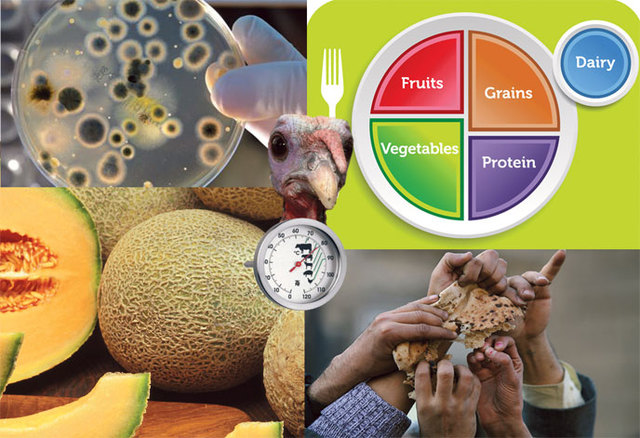Year In Review: The Rising Cost Of Eating, Medium-Rare Pork And Other Hot Food Stories
The Rising Cost Of Eating, Medium-Rare Pork, Nutrition Guidelines And Foodborne Illness Top The List Of Hot Stories


Latest Article|September 3, 2020|Free
::Making Grown Men Cry Since 1992


